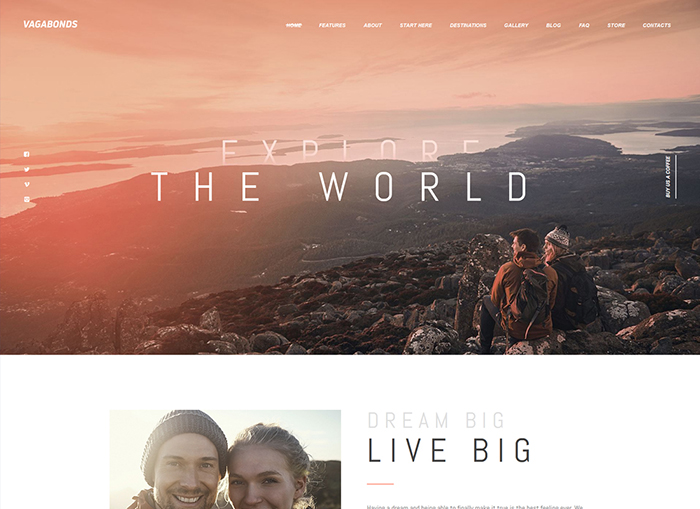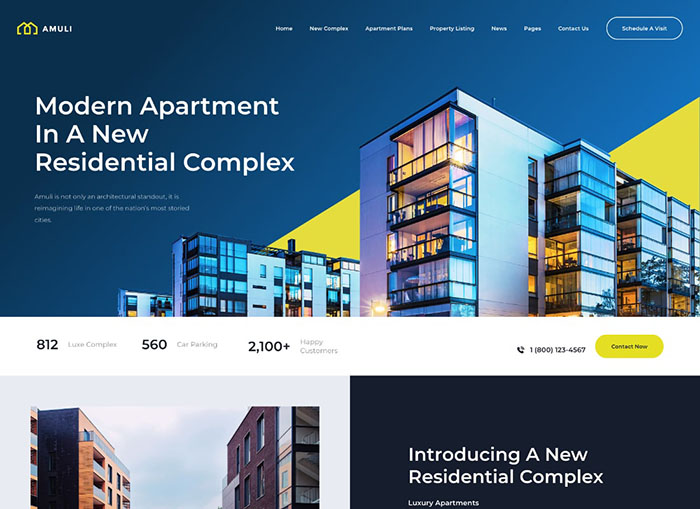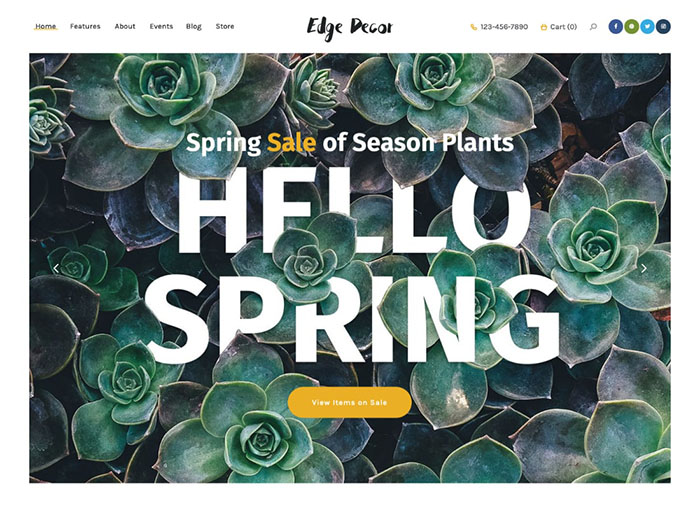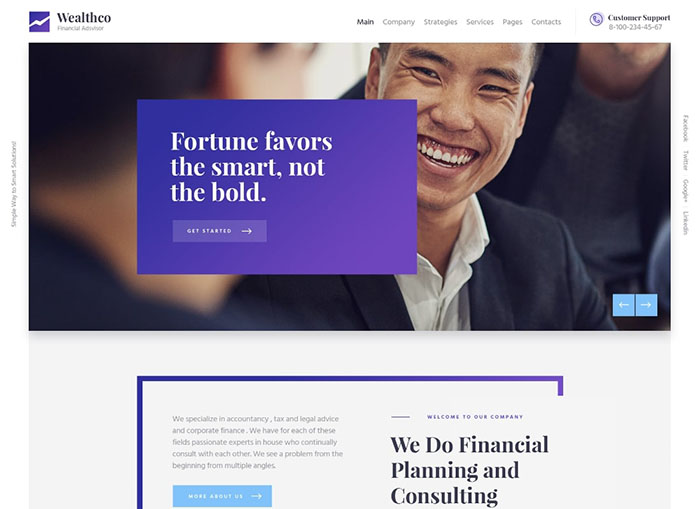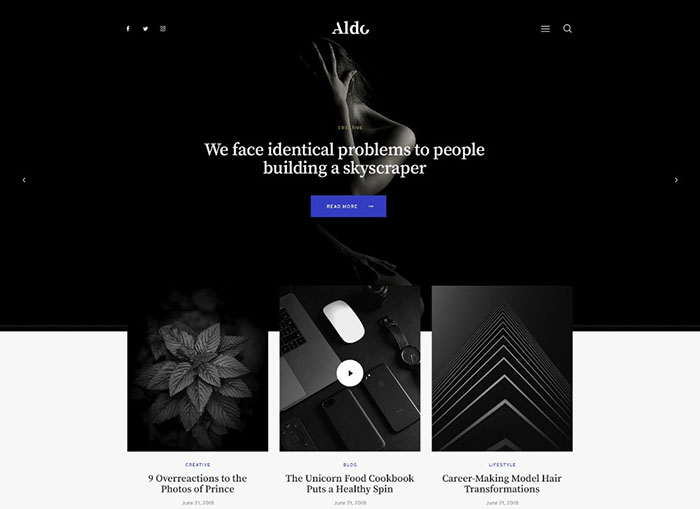Making sales is a matter of winning the confidence and trust of your potential customers. There are many ways consumers make their decisions. In this article, we’ll consider the importance of color in logo design.
Logo design is essential for all businesses. From a skydiving company to a freelance essay writer – visual identity matters. Beyond the need for appropriate line and form, color can add distinction. If you think of Coca-Cola, the red color will somehow factor in your imagination.
Who Decides What Color Means?
It may sound like a silly question since intuition is the clear-cut answer to it, but plenty of thought does go into forming a brand identity. What’s the meaning of red for Coca-Cola? Why not blue?
On the one hand, there is the competitor, Pepsi, which utilizes lots of blue in their design. But then competitors like KFC and McDonalds also share red as a primary color in their logo design. Maybe then, Coca-Cola is trying to provoke passion and overall fun. It is fun to drink a Coke!
Advertising design is not an exact science. No customer is unique, although they exist in broad strokes. Getting to grips with this in your company by learning how to send a message through visuals is crucial. For this article, we’ll take any educational services company filled with proud, professional essay writers who aid students in their studies. Considering the case study, we’ll then detail the pros and cons of a range of colors for this agency.
Before we get into that, it’s important to mention that the language of color exists, and it is useful to know some terminology. First off, we have the color wheel. This palette is circular and encompasses all colors available to us as humans – some creatures can see more. Created in the 17th century by renowned physicist Sir Isaac Newton, it is used for finding different harmonies of colors based on a mathematical – geometric – formula.
Color Harmonies
Finding these harmonies simply requires knowledge of basic shapes, triangles, and squares. For instance, picking a point on the wheel, then selecting the relevant geometric point, and seeing what you get.
There are seven typical color harmonies. They are as follows; monochrome, warm-to-cool, dyads, analogous, complementary, triadic, split complementary, tetrads (also known as quadratic or ‘square’).
- Monochrome
Shades of grey or sepia tones are used exclusively in monochrome. Rather than color, the contrasting bright spots and dark tones in the palette are emphasized. This form of the palette can look very beautiful and controlled.
- Warm-to-Cool
Color harmonies can prime us to think in terms of temperature and sensation, rather than mood. Hot colors, reds, and yellows are associated with heat. While other colors, the blues, and the purples, give us the opposite effect. In between this, the color might have more personal meaning relating to warmth or coolness for the individual. As such, one’s green may be different for other people they know.
- Dyad
A dyad harmony uses two colors that are close to each other on the color wheel. Imagine a clock telling the time of 2 o’clock. The hour hand is pointing into the orange section, and the minute hand pointing at the red.
- Analogous
This one is similar to a dyad, but this time with three colors. The intermediary color from a dyad palette joins with the other two. Just include another shade of orange in addition to the red and the lighter orange, and you’ll have an analogous palette.
- Complementary
These colors sit on opposite sides of the wheel to one another. They give high contrast and a high impact combination. Working together, they really make your designs pop out.
- Triadic
This palette takes shape by picking three equally distributed points on the wheel. Again, this is a highly contrasting color palette, though it is less prominent than the complementary palette.
- Split Complementary
The split-complementary pattern uses one dominant color and two analogous colors. The analogous colors are found by adding the opposite color to the primary, then splitting it and moving an equal distance apart from each other, forming a triangle. The hues and tone of this palette are less bold than the unsplit complementary palette.
- Tetrads
The tetrads are four colors evenly distributed around the wheel. These are very bold colors, so it is best to choose one of the hues as the major dominant, and let the rest serve as back-up and provide an accent.
The Company Colors
Going back to the company of pro essay writers, the color scheme they will choose needs to reflect their business values. In this case, they are a company that specializes in knowledge. Not only that, but they are also tasked with potentially life-changing assignments by their clients.
Free essay writers online are unlikely to think beyond getting a website with some jargon and a price list. Templates, cheaply designed or even copied logos, and poor marketing copy will lead to low sales.
However, the essay writers online who know the audience will seek to give as many subconscious clues to their clients as possible. Let’s consider the pros and cons of several hues:
Red
When we see red, we think of anger, passion, love, and McDonalds? For a brand that operates on these human desires, this would be a strong choice. Paired with black, red can look very intimidating. Red is not ideal for a knowledge-based company. Used as a dominant color, it would not offer a calm, wise, studious impact on our subconsciousness.
Yellow
There are several connotations of yellow. The sun, sand, leaves in autumn, but also pace, speed, and even hazards. Yellow doesn’t really grab one as something that would work with knowledge-based companies such as essay writing services, as it is too much related to home improvement stores or warning signs.
Blue
Now we are getting closer to a perfect hue. Cool shades of blue have a very calming effect. They imply relaxation and expansiveness (like the sky or the sea). Using blue, we can tap into these psychological patterns and leave a soothing impact on a perhaps very stressed student.
Green
Our associations are evergreen, eternal, natural, and a little bit gross if found in an unwanted setting – like your fridge. Some greens can look neon and bright. Others are dark and moody. Green isn’t a poor choice inherently, but careful selection and appraisal would be necessary if you were to use it in the logo design.
Purple
This one misses the mark in terms of our brief. Purple is a difficult color to work with; it has regal connotations and can also be quite overwhelming when used in significant quantities.
White and Grey
Monochromatic coloring is an option for an educational company. It works well with line drawings and can soothe us like a blue hue. Companies like Apple use simple palettes as they’re easy to build upon with different shades for different purposes, and because they are clean and clear-cut.

